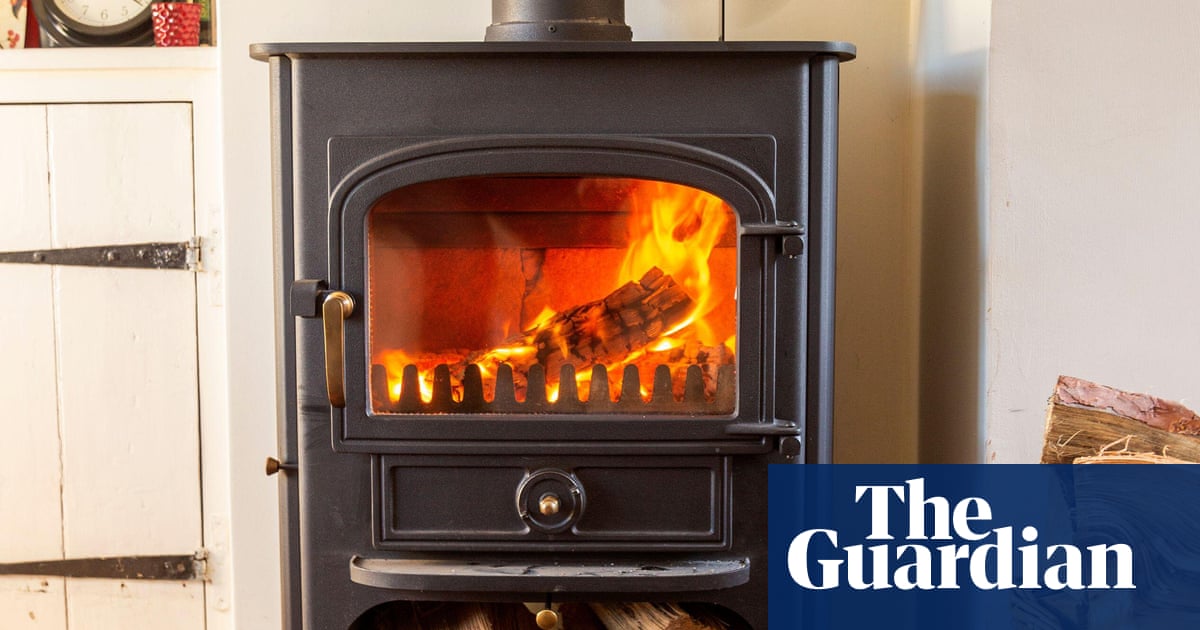Measure one of a number that Royal College of Paediatrics and Child Health says will help curb air pollution
Archived version: https://archive.ph/DlWVB
It’s something I didn’t think about when they were always there and it’s something I continued to not think about when they were gone. Fireplaces.
When I moved from America to Japan 11 years ago, I never saw a house or apartment that had a fireplace ever again. And even though I grew up with one, and associate a lot of fond memories with it, I don’t really miss it and don’t think it’s necessary in a modern home.
The closest the Japanese ever had to a fireplace was a hearth in the common room for cooking. Those became extinct a long time ago and are now only found in the few larger pre-war buildings that still remain.
For good reason. Open hearth wood-burning fireplaces are fire hazards.
My ideal house still has one. Despite the work to maintain and run it, and the hazard, it’s deeply ingrained in our brains to enjoy sitting around a fire.
Seems a shame.
I feel like the lived sensory experience of fire is being phased out of people’s lives by electrics, and that is a shame in my opinion.
Uh, plenty of people have firepits.
My house has a fireplace but I still haven’t ever used it after living here for almost 5 years. I prefer the firepit outside if I’m gunna have a fire.
However, aren’t there still people that use this as their only heat source?
What the alternative for heating? If it is AC, consider that much of the electrical grid is powered by air pollution anyway (especially coal), so the issue is at best deferred.
In urban areas, I believe the biggest cause of air pollution is vehicles, not woodsmoke.






